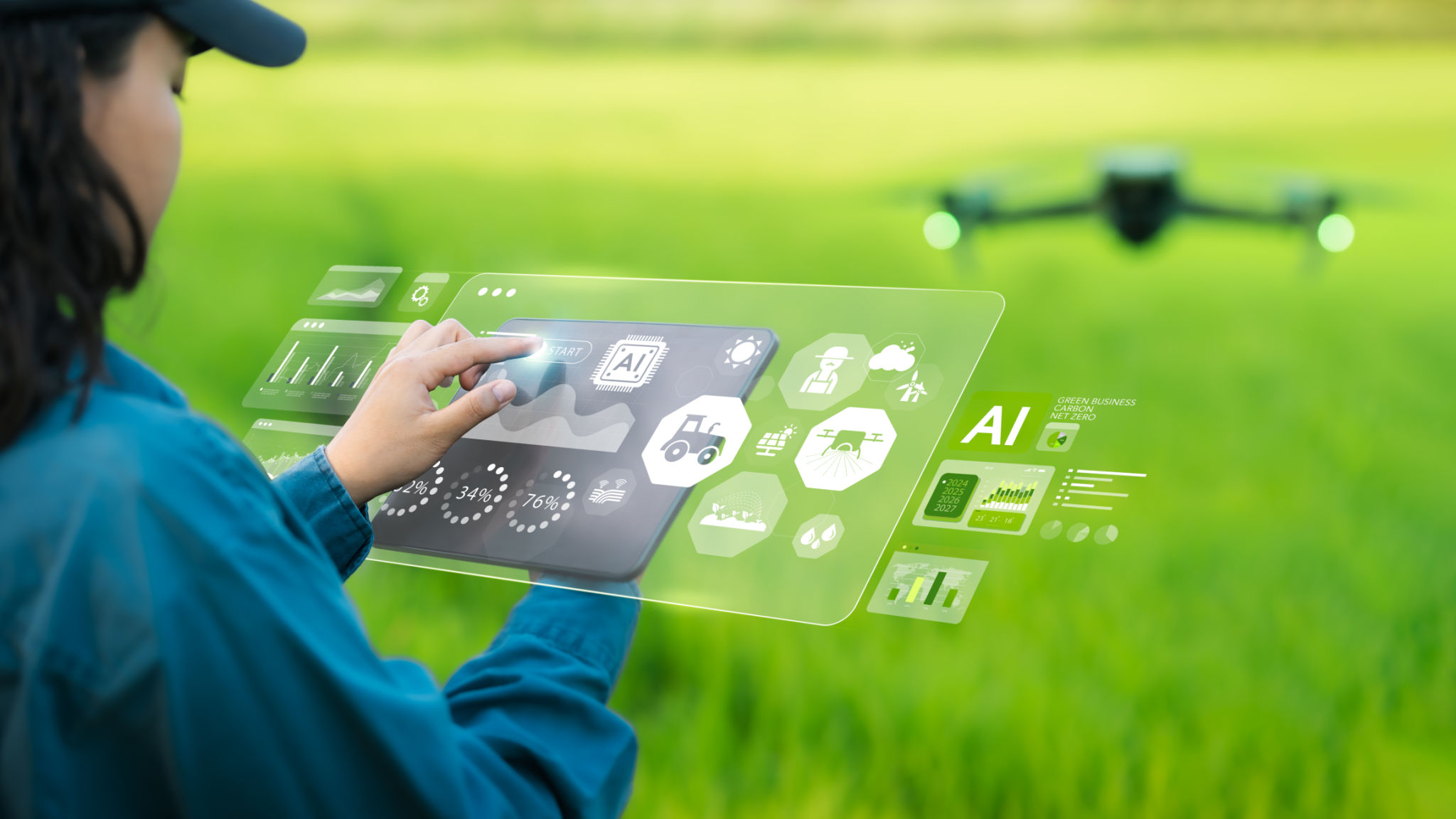Case Study: How Smart Technology Enhanced a Commercial Inspection in Los Angeles
Introduction to Smart Technology in Inspections
In the bustling city of Los Angeles, commercial inspections play a crucial role in ensuring building safety and compliance. Traditionally, these inspections relied heavily on manual processes. However, the integration of smart technology has revolutionized the industry, making inspections more efficient and accurate. This case study explores how smart technology enhanced a commercial inspection in Los Angeles, providing insights into the transformative impact of these innovations.
The Challenges of Traditional Inspections
Commercial inspections have historically been labor-intensive and time-consuming. Inspectors often faced challenges such as incomplete data collection, human error, and difficulty accessing hard-to-reach areas. These issues could lead to delays and increased costs for businesses. The need for a more streamlined and precise approach was evident.

Adopting Smart Technology
Recognizing these challenges, a forward-thinking inspection company in Los Angeles decided to adopt smart technology solutions. By leveraging tools such as drones, IoT devices, and advanced software, they aimed to enhance their inspection processes. This strategic decision marked a significant shift towards modernizing their operations.
Drones were utilized to capture high-resolution images and videos of building exteriors, including rooftops and facades. This eliminated the need for scaffolding or ladders, reducing both time and risk. Moreover, IoT sensors were deployed to monitor structural integrity and environmental conditions in real-time.

Improved Data Collection and Analysis
Smart technology facilitated comprehensive data collection during inspections. IoT devices provided continuous monitoring, gathering data that was previously unattainable through manual methods. This wealth of information enabled inspectors to identify potential issues early and prioritize areas that required immediate attention.
Advanced software was employed to analyze the collected data, generating detailed reports with actionable insights. This not only improved the accuracy of inspections but also enhanced communication with stakeholders by providing clear visual evidence of findings.
Benefits Realized
The integration of smart technology resulted in numerous benefits for the inspection process. The turnaround time for inspections was significantly reduced, allowing businesses to proceed with their operations more swiftly. Additionally, the accuracy of inspections led to better compliance with safety regulations, minimizing potential legal risks.

A Case in Point: Los Angeles Commercial Building
One notable example involved a large commercial building in downtown Los Angeles. The inspection company utilized smart technology to conduct a thorough examination of the property's infrastructure. The use of drones and IoT sensors provided detailed insights into the building's condition, uncovering issues that would have otherwise gone unnoticed.
This proactive approach enabled the property managers to address concerns promptly, ultimately enhancing the safety and longevity of the building. The case demonstrated the tangible value that smart technology brought to commercial inspections.
Conclusion: The Future of Inspections
The successful incorporation of smart technology into commercial inspections in Los Angeles serves as a model for the future of the industry. As technology continues to evolve, its role in inspections will likely expand, offering even more sophisticated tools for data collection and analysis.
For businesses seeking efficient and reliable inspection services, embracing technological advancements is imperative. The Los Angeles case study highlights how smart technology not only improves inspection outcomes but also contributes to safer and more sustainable urban development.